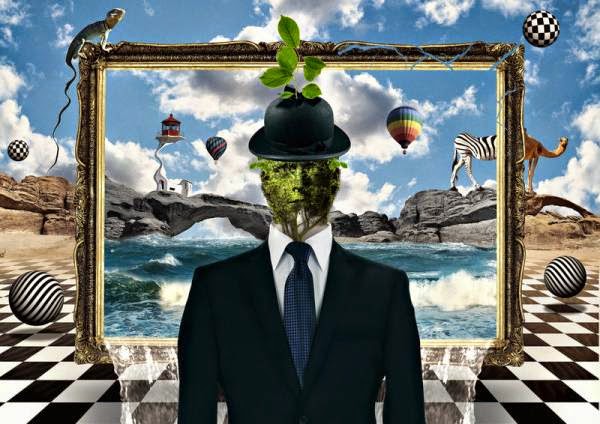| Online: | |
| Visits: | |
| Stories: |
What Does the World Look Like in Reality?
by Anna LeMind
Learning Mind
Even a three-year-old child knows that the grass is green, the sky is blue and the snow is white. Everyone is aware that a day has 24 hours, and a minute has 60 seconds. However, there are not many who have ever wondered if the world is really as we perceive it with our senses.
From the school course of physics we learn that colors are nothing more than different wavelengths of the light spectrum. That may seem quite banal, but have you ever realized the true meaning of it? That is, we see the colors of the objects around us only because all the materials absorb some wavelengths of light and reflect others. Think about it: can you really see that the grass is green in the absolute darkness (which is nothing but the absence of light)? No, you can’t; you only think you see it because you already know that the grass is green.
I guess you already know that many animals see the world in a different way than we do. For example, they say that dogs are blind to certain colors, while bulls can perceive only the red color. As for cats, a recent study showed that they have a super psychedelic vision and are able to perceive the UV spectrum of light.
“There are plenty of things that reflect UV radiation, which some sensitive animals are able to see, while we are not,” said Ronald Douglas, professor of biology of the City University of London and co-author of the study. “For example, these may be certain patterns on flowers that show where the nectar is, or traces of urine of an animal. Also, reindeer can and see polar bears as the snow reflects UV radiation, while white fur does not.”
Source: http://www.riseearth.com/2014/08/what-does-world-look-like-in-reality.html





